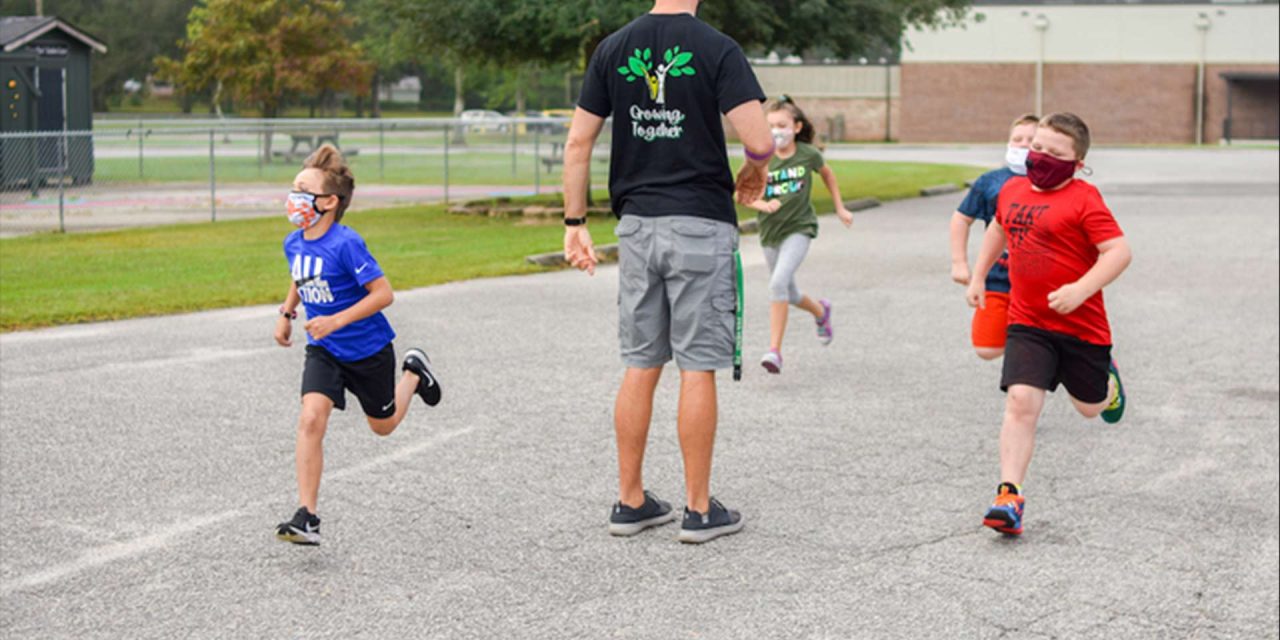Researchers say participation in a school-based wellness initiative is associated with decline in average student BMI over time
Health impacts students’ ability to learn, and leaders at MUSC’s Boeing Center for Children’s Wellness (MUSC BCCW) believe that lessons on healthy living can be part of every student’s school experience.
Kathleen Head, MD, MUSC BCCW associate medical director, said: “Healthier students are better learners, and better learners actually live healthier adult lives.”
In a recent study a research team led by Head and BCCW director Janice Key, M.D., compared the average student body mass index (BMI) in schools both participating and not participating in the MUSC BCCW School-based Wellness Initiative.
The team used BMI data from the SC FitnessGram project, a state-wide programme to collect and track student health and fitness data in public schools.
Schools participating in the initiative saw their average student BMIs decrease significantly over time, regardless of school type. The average student BMI in the schools that used more wellness tools and programmes was up to 15% lower than the schools that used fewer.
See also: Obesity linked to poor brain health in children
Student BMI decreases
Between 2014 and 2018, 103 South Carolina schools across five counties participated in the School-based Wellness Initiative. The programme targets policy, systems and environmental (PSE) change, such as school-wide gardening projects or class-wide stress reduction strategies, instead of solely individual changes.
To achieve this, the initiative uses the School Wellness Checklist (SWC), which features seven categories of evidence-based strategies that schools can use to promote a culture of wellness, including nutrition, physical activity, social-emotional wellness, wellness culture, staff wellness and sustainability.
Schools can choose which SWC items work best for them, and they are assigned points based on how many they use. One goal of the study is to determine which of these seven categories is most associated with average student BMI decreases.
Designing a wellness plan for a school using the SWC is a community effort. Head said that each school’s Wellness Committee designs a wellness plan specific to that school’s needs, explaining that the committee includes teachers, staff, administrators and parents, as well as community members, some of whom may have children at the school or just live in the area and are invested in advocacy.
She emphasised that the school-based nature of the initiative is particularly important: “The environment surrounding us as humans is critically important to our overall wellness. Children spend the majority of their day, five days per week, in school, eating, learning and playing.”
Bringing the initiative to schools also ensures programme equity, as school-based programmes reach all children regardless of medical access.
Key said: “We want to reach all children and provide more than we can at a doctor visit. The BCCW must go where children are, which is school.”
The best we’ve got
Over the past 40 years, childhood obesity rates have gone up 240%. Obesity is the state of having a BMI greater than 30, and the term overweight applies to those with BMIs between 25 and 30. This category changed in 1998 from a BMI between 27 and 30, shifting 25 million Americans from the normal weight to the overweight category.
About one-third of the students in the study had a BMI in the obese or overweight category. Because children are still growing, their weight cannot be measured against pre-set ranges.
Instead, paediatric BMIs are grouped together based on age and sex. Children in the 85th to 95th percentile of their group are considered overweight, and those above the 95th percentile are considered obese.
Though having an overweight or obese BMI is not a one-to-one guarantee of a negative health outcome, Head said that children who are categorised as obese are four times more likely to be diagnosed with diabetes by the time they’re age 25.
Key expressed that there are instances in which the BMI does not give an accurate picture of a child’s body composition, such as in an athletic student who may carry above-average muscle mass.
She said: “For something that is simple and easy to check for a whole classroom of kids, height and weight is the best we’ve got. But when you’re looking at an individual patient, you would go beyond that.”
Spread evenly
Average BMIs went down in schools that participated in the initiative and went up in schools that did not. Additionally, in schools that participated for two years or more, a higher SWC score was associated with greater BMI decreases. Students in schools that scored 250 SWC points were 15% less likely to have overweight or obese BMIs than students in schools that earned only 50 SWC points.
Just as importantly, however, results were spread evenly across schools, Head explained.
“Our results were the same regardless of if the school was elementary, middle or high school, or if it was rural or urban, or if it was a Title I school or a non-Title I school,” she said.
The study is published in the Journal of School Health.
Image: Physical activity opportunities at Flowertown Elementary School in Summerville, South Carolina. © Medical University of South Carolina. Photograph courtesy of the MUSC Boeing Center for Children’s Wellness.











